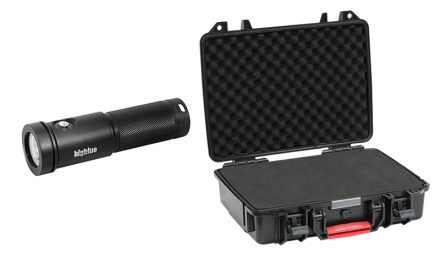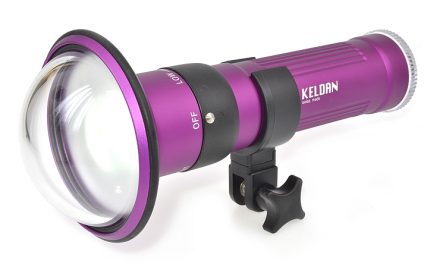Dive light power consumption is directly related to the battery capacity and bulb type. Different power consumption ratings are indicated according to bulb type. Halogen lamps consume more power due to the technology used to produce light. Light emitting diodes (LEDs) use less power but give the same intensity as halogen lamps. An important fact to consider while testing for power consumption is to know the capacity of the battery system, battery type and bulb type inside of the dive light. Particularly in amperage per hour or milliamps per hour, this will provide fundamental information for understanding the power consumption in relation to the burn time of the light source.
While you can look at the burn times of each dive light you’re considering and just base your purchase decision off of that, some divers like to have hard numbers and a plethora of information when making larger purchases. The following will help you determine the power consumption of a dive light and compare it to others before making an investment.
- Battery types used in dive lighting equipment range from Lithium-ion to Nickel cadmium. Energy storage systems are divided into sections according to possible energy density and the metallic elements used in the battery’s structural composition. Estimated average output power per hour will be indicated on the sides of the battery systems.
- Larger-energy battery systems are shown to have higher amperage per hour or milliamps per hour ratings.
- To calculate the total power that is available inside of a battery unit, multiply the voltage rating by the amps/hour rating. This will give you a total energy density output per hour in wattage. For rechargeable batteries, the energy density will change if proper charging procedures are not followed. The calculations and manufacturer information may indicate a certain output capacity, but in actuality, due to poor management of the system, the internal structure has been altered resulting in a lower energy density.
- To calculate the total power consumed by the light source, multiply the voltage rating by the current rating. If the current rating is listed in milliamps, convert to amps for higher calculation accuracy.





